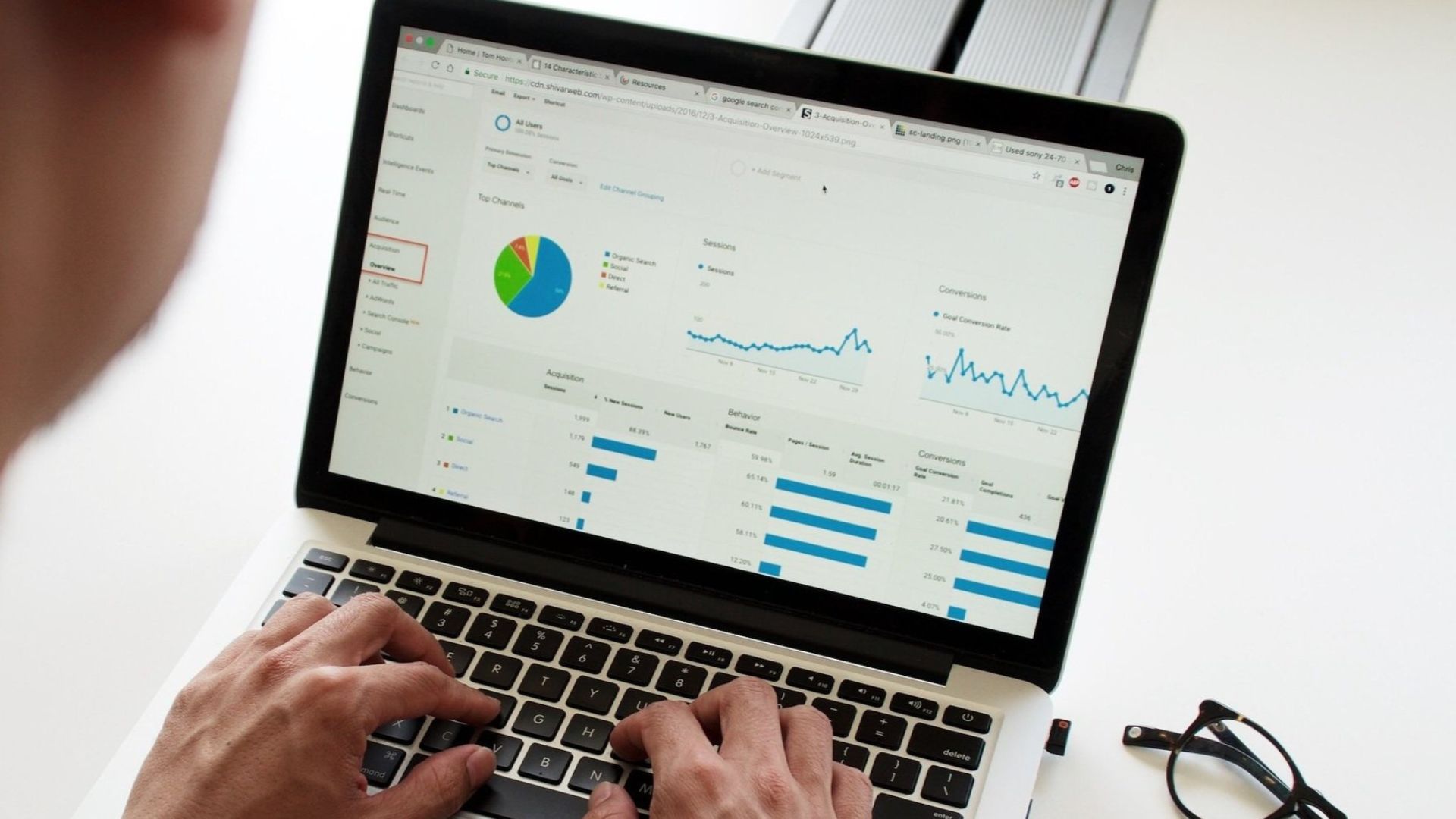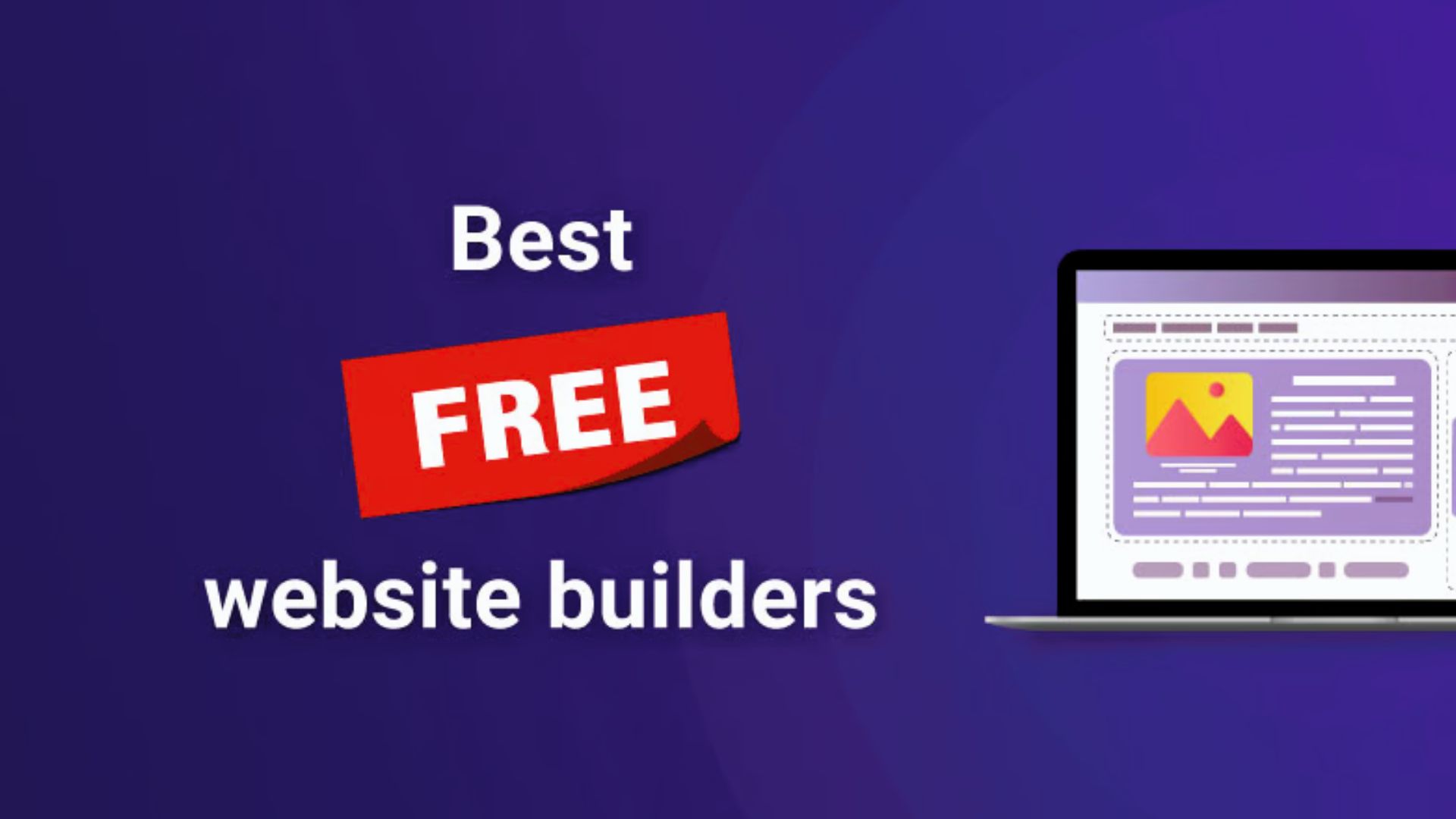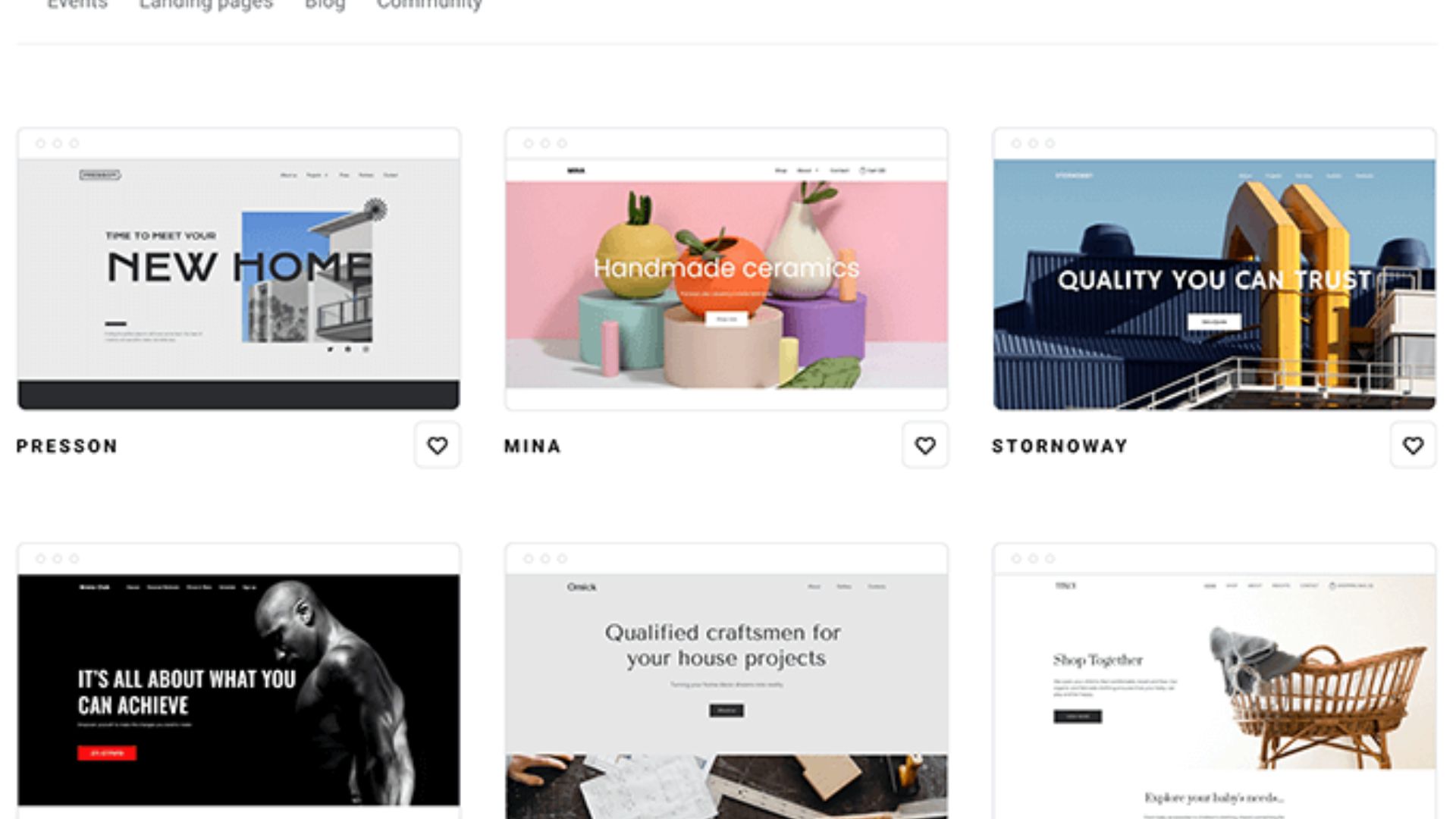Predictive analytics has a significant impact on web design by enabling businesses to deliver personalized experiences tailored to individual users. Here are some key ways in which predictive analytics influences web design and enhances personalized experiences:
- User Behavior Analysis: Predictive analytics tools can analyze user behavior data, such as click patterns, browsing history, or purchase patterns, to gain insights into individual preferences and interests. This enables businesses to understand users’ needs better and tailor the website experience accordingly.
- Personalized Product Recommendations: By leveraging predictive analytics, businesses can provide personalized product recommendations to users based on their past behaviors and preferences. These recommendations can be displayed on the website, through email marketing, or even in real-time during a user’s browsing session. This personalization increases the likelihood of conversion and improves the user experience by displaying relevant products or content.
- Dynamic Content Generation: Predictive analytics can drive the generation of dynamic content that adapts in real-time based on user interactions. For example, a website can display different variations of a landing page based on predicted user preferences or demographics. This level of personalization ensures that users are presented with content that is highly relevant to them, increasing engagement and conversion rates.
- Improved Customer Segmentation: Predictive analytics helps businesses identify and segment their customers more accurately. By analyzing historical data and behavioral patterns, businesses can create granular customer segments based on attributes like interests, purchasing power, or demographics. These segments serve as the foundation for delivering personalized experiences to specific user groups.
- Enhanced User Journey Mapping: Predictive analytics allows businesses to map and predict the user journey on their website. By analyzing historical data, businesses can identify common paths and user interactions to optimize the flow of the website. This enables the creation of personalized user journeys that cater to individual preferences, improving engagement and conversion rates.
- Conversion Rate Optimization: Predictive analytics can optimize conversion rates by identifying the most effective combination of design elements, call-to-action placements, or messaging based on historical data. A/B testing and predictive modeling techniques provide insights into the elements that drive conversions. Businesses can leverage this information to fine-tune their web design and improve conversion rates.
- Customer Lifetime Value Prediction: Predictive analytics helps businesses predict the lifetime value of customers by analyzing historical data and customer behavior. This insight enables businesses to prioritize customer segments and allocate resources accordingly. By understanding the potential value of each customer, businesses can customize their web experience to maximize customer satisfaction and long-term loyalty.
In summary, predictive analytics transforms web design by offering businesses the tools to deliver personalized experiences and tailor their websites to individual users. By leveraging user behavior analysis, personalized recommendations, dynamic content, and customer segmentation, businesses can create personalized, relevant, and engaging experiences that drive customer satisfaction, loyalty, and ultimately, business growth.










